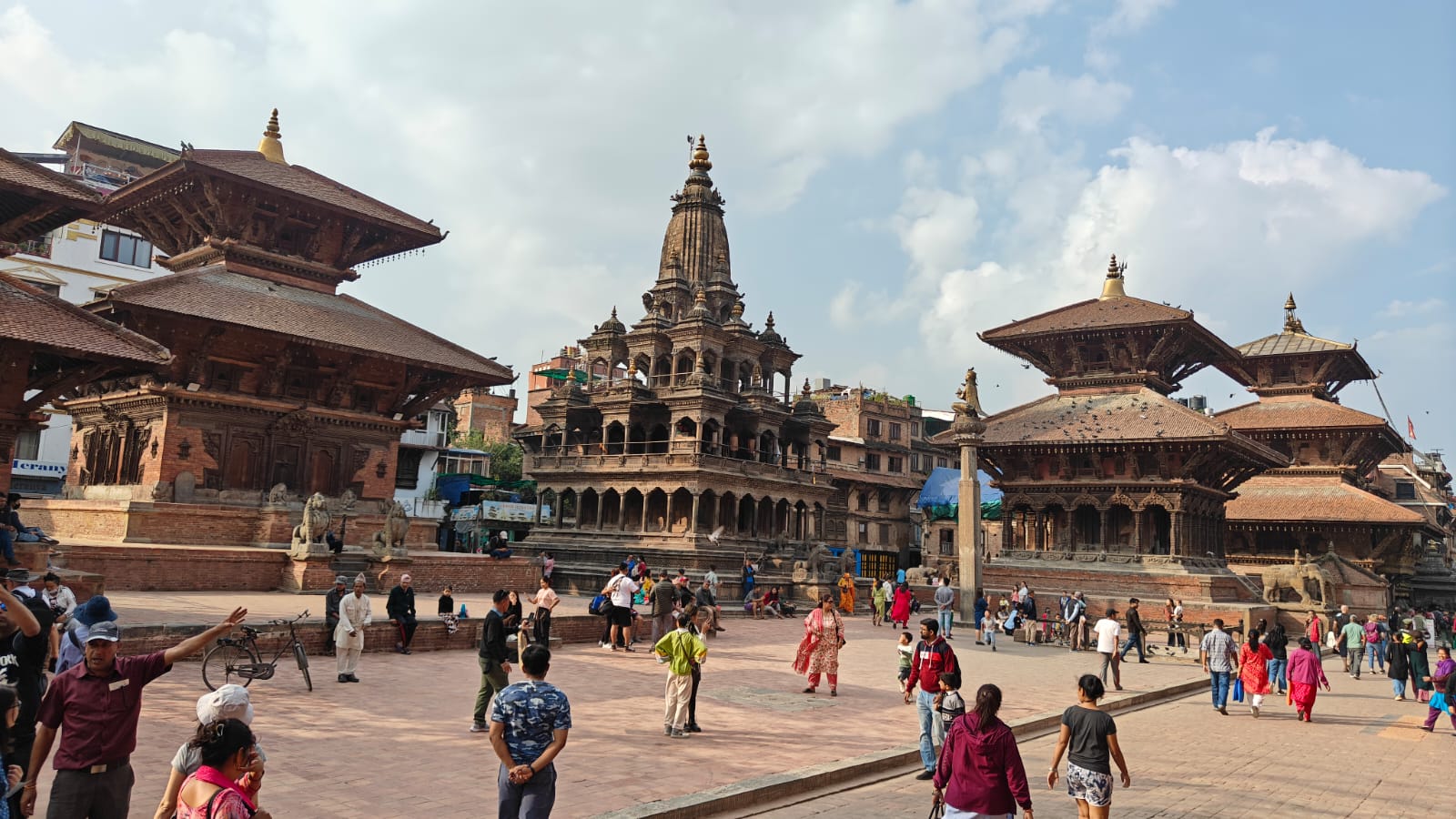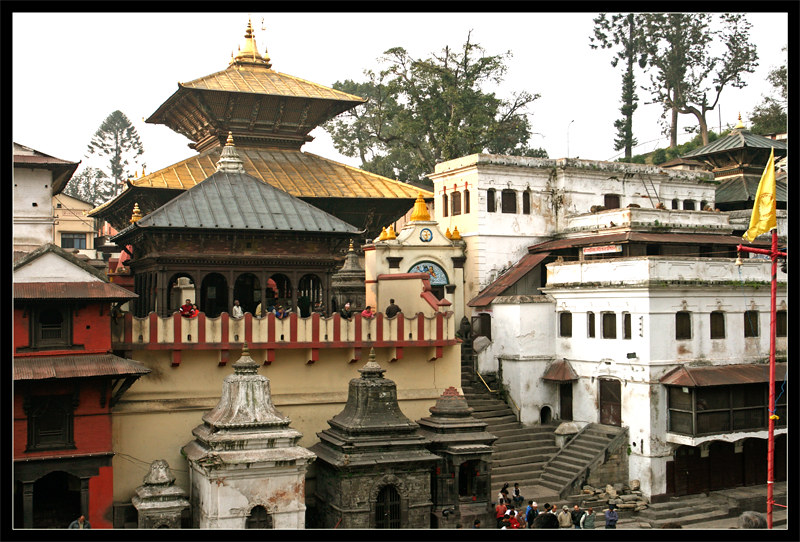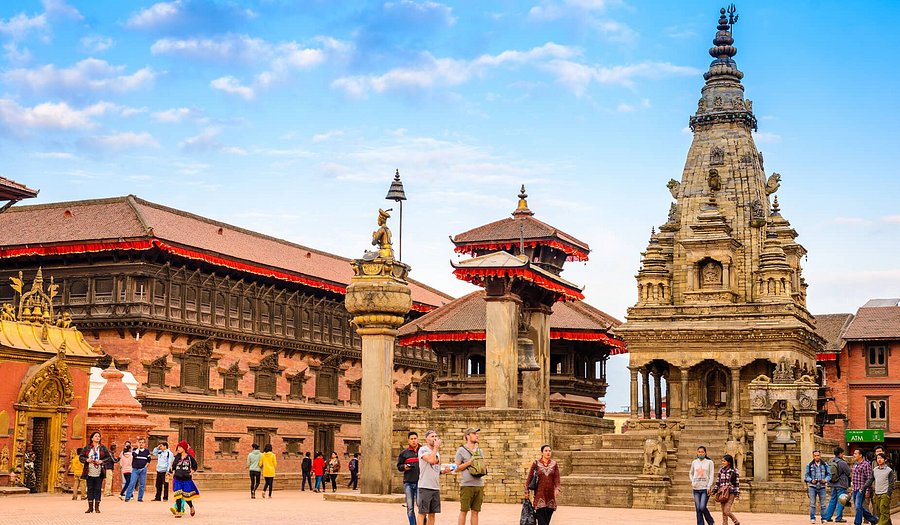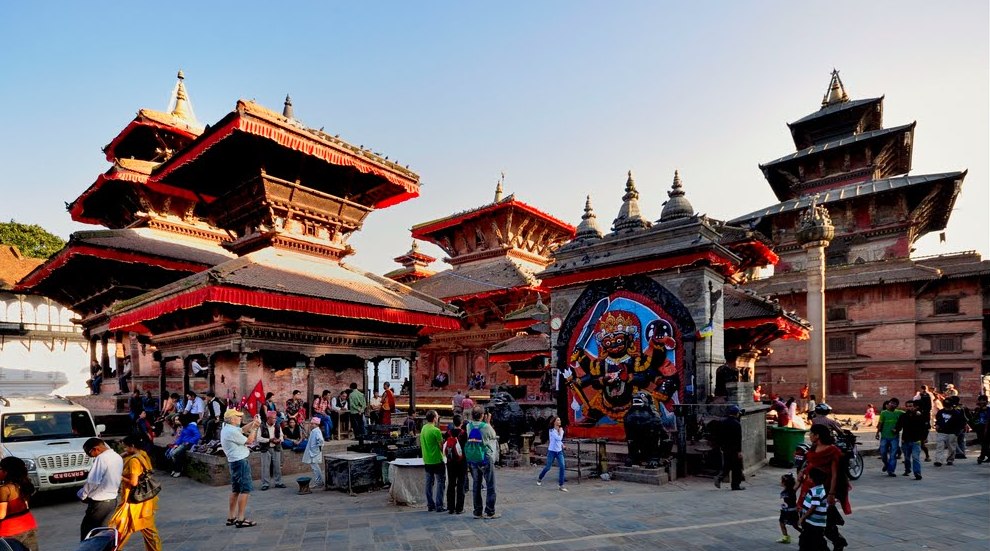
Introduction to Pashupatinath Temple
Pashupatinath Temple is one of the most revered religious sites in Nepal, attracting millions of devotees and tourists every year. Dedicated to Lord Shiva, the temple holds immense spiritual and cultural significance. It is not just a temple but a symbol of Nepal's ancient heritage and religious devotion. The temple’s origin dates back to at least 400 AD, with evidence of its existence found in ancient scriptures and inscriptions. Recognized as a UNESCO World Heritage Site in 1979, Pashupatinath is a prominent pilgrimage destination for Hindus worldwide, symbolizing faith, spirituality, and the quest for moksha (liberation).

Location and Accessibility
Pashupatinath Temple is situated on the banks of the sacred Bagmati River in the eastern part of Kathmandu, the capital city of Nepal. Its location is easily accessible, being just 4 kilometers from Tribhuvan International Airport. Visitors can reach the temple via multiple modes of transportation:
-
Taxis: Widely available and convenient for international visitors.
-
Local Buses: An affordable option for those traveling within Kathmandu.
-
Private Vehicles: Ideal for group travelers and pilgrims.
-
Walking: For those staying nearby, the temple is a pleasant walk through vibrant streets.
Clear signage and local guides make it easy for first-time visitors to locate the temple.
Religious Importance
Pashupatinath Temple is one of the holiest shrines dedicated to Lord Shiva, known as Pashupati, the Lord of Animals. Hindus believe the temple to be one of the 12 Jyotirlingas (sacred Shiva shrines) in the world. Its sanctity is further elevated by its association with the Bagmati River, considered as sacred as the Ganges in India.
The temple is also a focal point for Hindu death rituals. Cremations take place on the ghats along the Bagmati River, with the belief that those cremated here attain moksha. The temple’s aura during major festivals like Maha Shivaratri, when thousands of devotees and ascetics (sadhus) gather, exemplifies its spiritual significance.
Architectural Highlights
The temple’s architecture is a magnificent example of the Nepalese pagoda style. Key architectural features include:
-
Golden Roof: The temple’s two-tiered roof is gilded with gold, adding to its grandeur.
-
Wood Carvings: Intricate wood carvings adorn the windows, doors, and struts, depicting various deities and mythological scenes.
-
Nandi Statue: The massive statue of Nandi (Shiva’s sacred bull) faces the main sanctum.
-
Shiva Lingam: The sanctum houses a Jyotirlinga, the sacred representation of Lord Shiva.
The surrounding complex includes smaller temples, ashrams, and dharmashalas, showcasing a blend of artistic and spiritual excellence.
The Bagmati River
Flowing alongside the temple, the Bagmati River is considered highly sacred. It plays a pivotal role in Hindu rituals, particularly those related to life and death. The river’s ghats are used for:
-
Cremation Ceremonies: Hindus believe cremation by the Bagmati ensures the deceased’s soul reaches the heavens.
-
Ritual Baths: Devotees cleanse themselves in the river to purify their souls.
-
Festivals and Offerings: Flowers, lamps, and other offerings are floated on the river during religious events.

Despite its sacredness, the Bagmati River has faced pollution challenges, with ongoing efforts for its conservation.
Rituals and Practices
Pashupatinath Temple is a hub of spiritual activities, with daily rituals and special ceremonies. Key practices include:
-
Morning and Evening Aarti: Devotional songs and prayers, accompanied by the rhythmic beating of drums and the sound of conch shells, create a divine atmosphere.
-
Darshan: Devotees line up to catch a glimpse of the Shiva lingam. Early mornings are considered the best time for darshan.
-
Special Pujas: Rituals for health, prosperity, and spiritual growth are conducted by temple priests.
The temple follows strict guidelines, including restricted entry to non-Hindus in the main sanctum, emphasizing the sanctity of the site.
Festivals and Events
The temple comes alive during festivals, attracting immense crowds and creating an electrifying atmosphere:
-
Maha Shivaratri: Celebrated in February or March, this festival honors Lord Shiva. Devotees fast, chant prayers, and offer milk, fruits, and flowers to the deity. Sadhus from across Nepal and India gather, adding a unique cultural dimension.
-
Teej: A festival for married women, who pray for the well-being of their husbands. Women dress in red sarees and participate in singing and dancing.
-
Bala Chaturdashi: Observed in memory of ancestors, devotees scatter seeds along the temple premises as an offering.

Each festival highlights the temple’s role as a spiritual epicenter.
Cultural and Spiritual Atmosphere
The temple exudes a serene yet vibrant energy. The chanting of mantras, the aroma of incense, and the sight of devotees deep in prayer create an ambiance that transcends the mundane. Visitors are also fascinated by the presence of sadhus, who embody asceticism and spiritual devotion. The temple is a microcosm of Hindu culture, offering insights into rituals, beliefs, and traditions.
Visitor Guidelines
To ensure a respectful and enriching visit, it’s important to follow these guidelines:
-
Entry Fees: Tourists (non-Hindus) are required to pay an entry fee for access to the outer temple premises.
-
Photography: Photography inside the main temple is strictly prohibited.
-
Dress Code: Modest attire is recommended to honor the sanctity of the site.
-
Respect Rituals: Avoid disrupting rituals and maintain a quiet demeanor.
Best Time to Visit
The ideal time to visit Pashupatinath Temple depends on one’s preferences:
-
Early Mornings: For a peaceful darshan and a chance to witness the morning rituals.
-
Festival Seasons: For those interested in experiencing the temple’s grandeur during Maha Shivaratri or Teej.
-
Weather Considerations: The dry season (October to March) is best for comfortable travel and clear skies.
Nearby Attractions
Visitors can enhance their experience by exploring nearby sites:
-
Guhyeshwari Temple: Dedicated to Goddess Parvati, it’s located a short distance from Pashupatinath.
-
Boudhanath Stupa: One of the largest stupas in the world and a hub for Tibetan Buddhism.
-
Swayambhunath Stupa: Known as the Monkey Temple, it offers panoramic views of Kathmandu.
-
Local Markets: Shop for souvenirs, rudraksha beads, and other religious items.
Myths and Legends
The temple is steeped in fascinating myths:
-
Origin of the Lingam: Legend has it that Lord Shiva appeared as a deer in the forest, and the lingam marks the spot where he revealed himself.
-
Healing Powers: Devotees believe that prayers at the temple can heal physical and spiritual ailments.
These stories add a mystical charm to the temple’s allure.
Conservation and Challenges
As a UNESCO World Heritage Site, Pashupatinath Temple is under constant preservation efforts. Key challenges include:
-
Overcrowding: Especially during festivals.
-
Pollution: The Bagmati River faces waste management issues.
-
Structural Maintenance: Ongoing efforts to preserve the temple’s architectural integrity.
Personal Experience
Sharing a personal account of visiting Pashupatinath can resonate with readers. Include details about the spiritual ambiance, interactions with sadhus, and emotional takeaways. Highlight the sense of peace and reverence felt during the visit.
Practical Tips for Tourists
For a smooth and memorable visit, keep the following tips in mind:
-
Carry Nepali rupees for entry fees and offerings.
-
Hire a guide to understand the temple’s history and significance.
-
Allocate 2-3 hours to explore the temple and its surroundings thoroughly.



